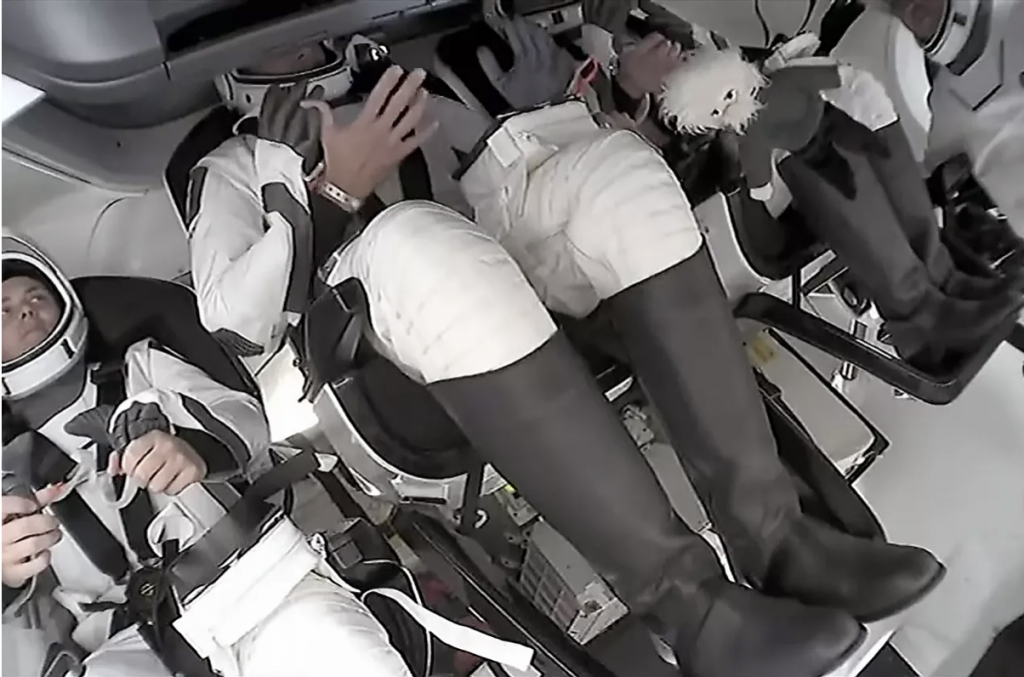When Crew 5 rocketed to orbit last week aboard the SpaceX Dragon “Endurance” bound for the International Space Station, I was curious to see their zero-gravity indicator. A tradition SpaceX crews have adopted from Russian cosmonauts, the zero-g indicator is usually a stuffed animal whose first float announces the free-fall of Earth orbit. Was that a plush Einstein doll?
On orbit, Crew 5 pilot and physicist Josh Cassada explained that the doll demonstrated Einstein’s happiest thought, that people falling can not feel their own weight. This insight, essentially the equivalence of inertial mass and gravitational charge, permits gravity to be interpreted as geometry in the theory of general relativity, still our best description of gravity. Crew 5 is experiencing Einstein’s happiest thought not merely momentarily but continuously!


Thanks, Mark! I enjoy reading your posts as well.